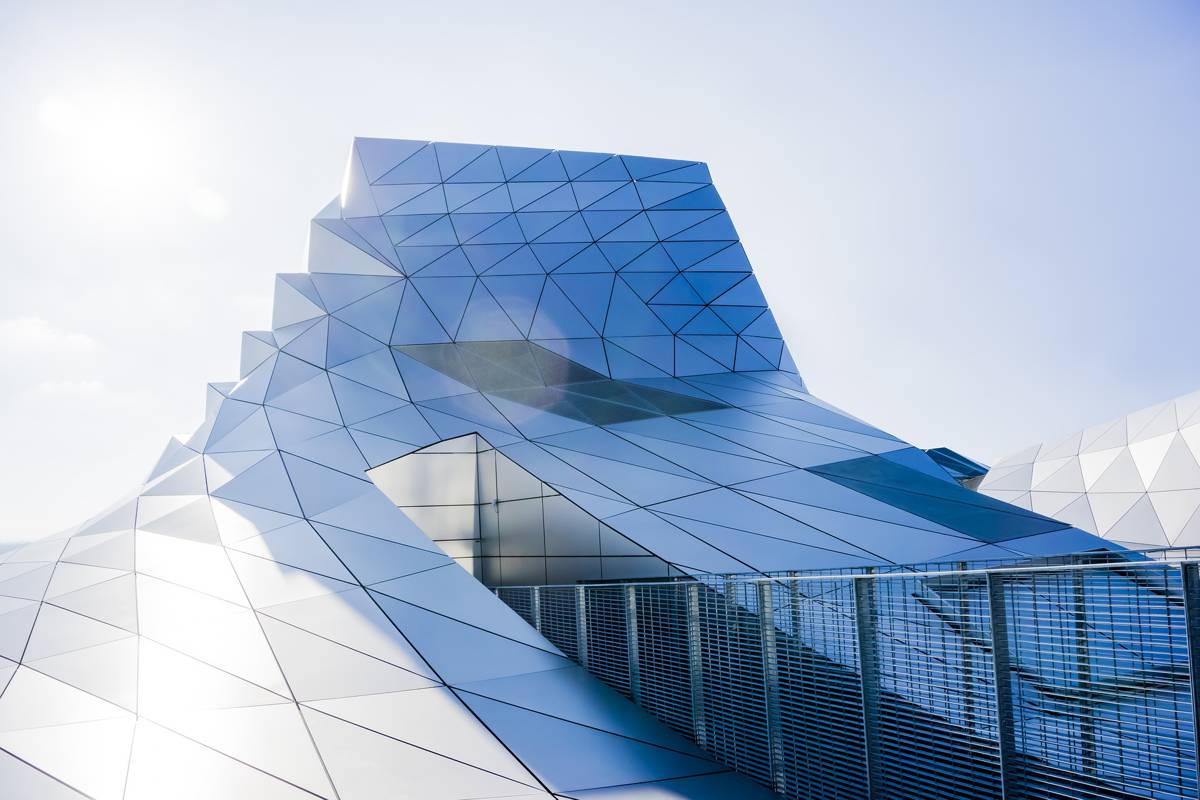Commercial construction trends for the 2020s
What’s happening in the commercial construction industry? Some practices seem important when they first appear, but fade after a few years.
However, the 2020s have proven to be a trend-filled decade for the industry, particularly when it comes to energy-efficiency. Several of the trends listed below are connected to ecological concerns about finding the best ways to use water, fuel, natural sunlight, and more.
Here’s a brief overview of what the 2020s have brought to the commercial construction industry already, and there are eight years and a few months left before the calendar changes over to 2030.
On-Demand Water Heating
On-demand heating of water is not new. The technology has been around for more than a decade and it’s made inroads in both residential and commercial building design. What is new is the widespread use of on-demand water heating units, some of which are extremely sophisticated units that help reduce the need for giant water tanks in multi-story offices, hospitals, hotels, and municipal buildings. On-demand systems do two things at once.
First, they free up space that would have been eaten up by bulky water heating tanks. Second, they reduce energy consumption because they produce hot water only when needed. That does away with the need to maintain the temperature of vast quantities of water often goes unused.
Charging Station Lots
Take a stroll through your favourite city hall structure and you’ll notice something that was uncommon just 10 years ago, namely rows of electric charging stations for personal vehicles. Many of those stations are in preferred spots, near entryways and elevators, for example, as cities continue to encourage employees to use non-gas-powered cars whenever possible.
In densely populated urban areas, rooftop solar panel setups, as well as ground-level parking roofs that features hundreds of cells, are commonplace. Municipal governments as well as private businesses are realizing that electric transportation and solar power generation are smart, efficient ways to save money.
Efficient Gasoline Use & Storage on Project Sites
As all major construction and design firms aim for using less gasoline on job sites, there’s a new emphasis on safe storage of gasoline along with minimization of use. These new strategies keep careful tabs on the age of fuel, mainly because gasoline, like so many other liquid fuels, has a relatively short shelf life. For instance, in cars, gasoline usually starts to degrade after several months if it sits, unused, in a tank.
To learn more about the lifespan of gas, you can review an article that explains how long it lasts in different kinds of cars under various conditions. But, on busy construction sites these days, every gallon of the stuff is carefully dated and tracked to prevent waste, maintain safe storage practices, and keep usage to a bare minimum.
Wall Systems That Are Energy Efficient
Empty wall spaces with so-so insulation are a thing of the past. Today’s office building owners are asking for wall systems that reduce the need for excessive HVAC use, cut down on room-to-room noise levels, help prevent the spread of fires, and add heft to the overall integrity of a structure.
Cement blocks used in modern wall construction get the job done by serving as a superior substitute for lightweight insulation and fibreboard. Additionally, energy smart wall systems for modern structures mean fewer repairs throughout the life of the building.
Smart Glass
The trade-offs with glass are a challenge for designers and architects. Because most clients want buildings with as much natural light as possible, architects need to manage that desire alongside the inevitable increase in incoming heat. To keep heating and cooling costs as low as possible, it’s important to use types of glass that filter out much of the heat-producing rays but that allow a building’s occupants to have as expansive of a view as possible.
Those concerns are the impetus behind the amazing popularity of smart glass, which delivers both outward visibility as well as temperature efficiency. Even in non-commercial structures, smart glass is making a splash as more and more residential developers are demanding it for private homes of all sizes.
Fewer Conference Rooms and More Gathering Spaces
Today’s offices are no longer hallways surrounded by small cubicles and conference rooms. Cubicle complexes have given way to open spaces in most business settings. And, conference rooms are an endangered species, having been replaced by what designers call gathering spaces, open rooms where any number of people can assemble informally to discuss, chat, and exchange ideas.
Bicycle Friendly Parking Zones
Businesses that maintain large offices in city centres have become bicycle-friendly rather quickly.
A decade ago, few corporate headquarters featured hundreds of bicycle parking spaces. What few organizations even recognized the fact that some employees did not drive to work might place one or two bike racks in an out-of-the-way location. In the 2020s, corporate owners like to brag about how many non-drivers work in the home office.




















